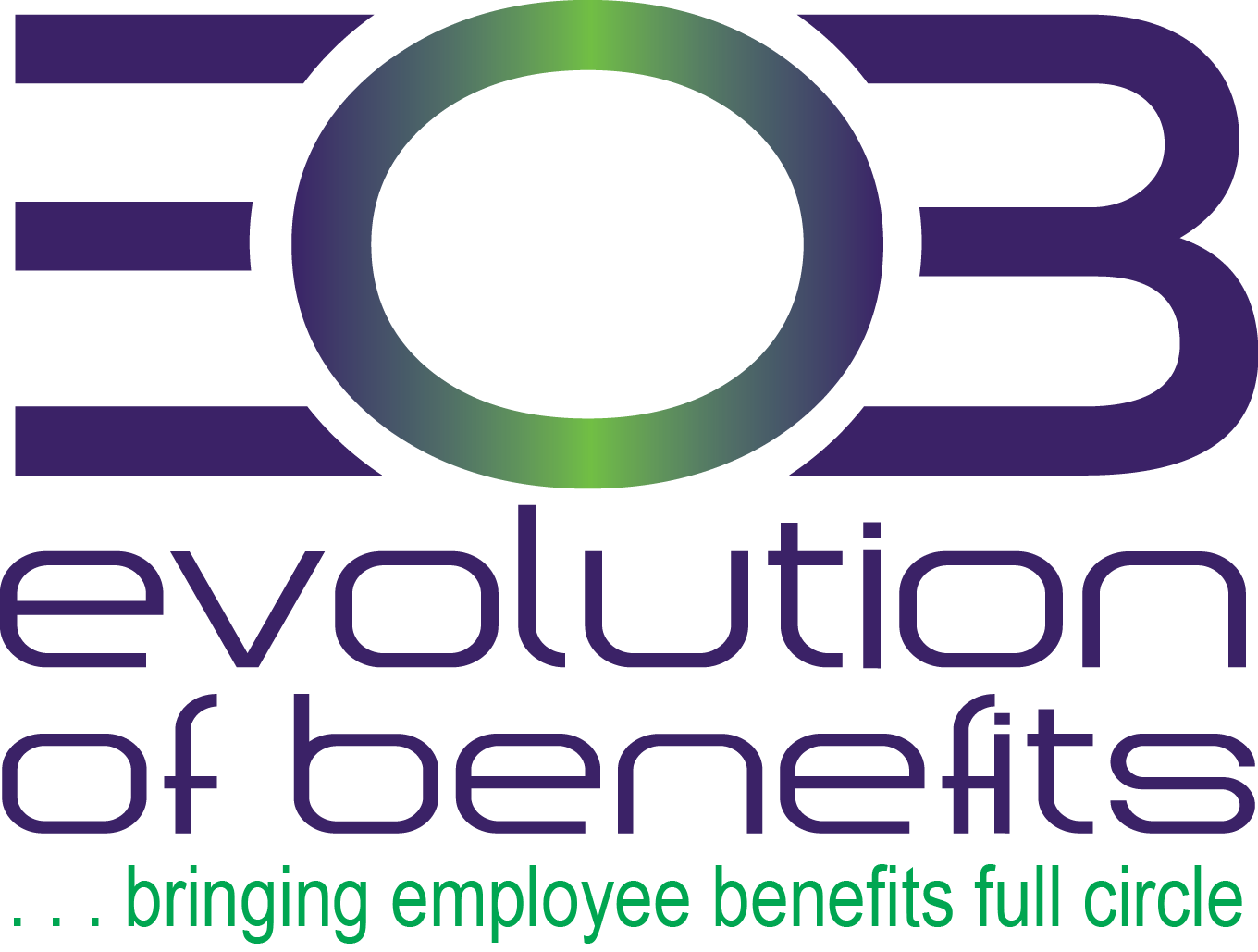News Brief: Report: Employers Focusing on Plan Redesign to Reduce Health Care Costs

According to the survey, more than half (51%) of U.S. employers expect to redesign health care plans to lower costs. They will likely focus on adopting new plan designs and implementing network strategies that direct employees toward more affordable, high-quality providers and care facilities.
The report said U.S. health care costs have reached record highs since the COVID-19 pandemic, with nearly half of employers expecting costs to exceed budget projections this year.
Employers predict health care costs to rise by 7.7% in 2025, upfrom 6.9% in 2024 and 6.5% in 2023.
– WTW’s 2024 Best Practices in Healthcare Survey
Posted on October 29, 2024 by EOB
News Brief: Workers Likely to Explore Job Market in 2025, According to Report

Although employee quits have trended down in 2024, EY’s 2024 Work Reimagined Survey report found that 38% of employees are likely to leave their jobs in the next year. According to the survey results, EY advises that to maintain a talent advantage,employers may need to hone their attraction and retention tactics to prioritize enhancing workplace culture, expanding rewards and building agile employee skill sets.
“The global workforce has evolved into one with personalized experiences and expectations, increasingly disconnected from one- size-fits-all ideas of career, total rewards and work location.”
– EY’s 2024 Work Reimagined Survey report
Posted on October 27, 2024 by EOB
News Brief: Jobs Total Up, Hiring Continues to Slow Down in September

In its latest Employment Situation Summary, the U.S. Bureau of Labor Statistics (BLS) reported that job gains in September exceeded expectations, with employers adding 254,000 jobs instead of the approximate 140,000 expected by economists. This is the largest increase since March 2024, when 303,000 jobs were added. It’s also above the average monthly gain of 203,000 over the prior 12 months.
While job totals are up, overall hiring has slowed throughout the year. According to the most recent Job Openings and Labor Turnover Summary from the BLS, hiring levels diminished by about 100,000 from July to August 2024 but are trending down substantially from one year prior.
The unemployment rate changed little at 4.1% but remains higher than one year ago. This stability in unemployment suggests that, despite the increase in job totals, the market is taking a guarded approach to hiring. Economists attribute the slow down in hiring to several factors, including economic uncertainties and businesses’ caution to expand their workforce amid fluctuating market conditions.
Posted on October 25, 2024 by EOB
News Brief: Report Finds That Commuter Benefits May Help Employees Return to Office

A recent report by transit benefit vendor Jawnt found that commuter benefits may help encourage employees to return to theoffice. With more employers pushing for in-person work, many organizations are struggling to motivate their staff.
The study, which surveyed over 400 HR professionals, revealed how these benefits might impact return-to-office (RTO) initiatives. As companies continue to navigate the challenges of post-COVID-19-pandemic work arrangements, incentives such as commuter benefits could prove to be a valuable tool.
“The only way to offer a best-in-class commuter benefits experience is to genuinely understand our users—not just assume their needs.”
-Jeff Stade, CEO and co-founder of Jawnt
Posted on October 13, 2024 by EOB
News Brief: Pay Transparency Report Shows More Employers Are Adapting Practices

A recent WTW survey found that the majority of North American employers have pay transparency policies in place due to increased regulatory requirements. Organizations are increasing their communication about pay programs due to legal requirements (73%), to align with their company values and culture (47%), and to match worker preferences and expectations (46%). In general, larger companies are adapting pay transparency practices quicker than smaller ones.
“Employers are seeing an increase in regulatory requirements around the globe, which has forced many to act fast and comply with a consistent minimum standard, regardless of location.”
–Mariann Madden, North America Pay Equity co-leader, WTW
Posted on October 6, 2024 by EOB
News Brief: Major Employers Signal Return to Office

The JLL’s Future of Work survey revealed that the number of organizations expecting employees to work on-site full timesurged to 44% in 2024 compared to 34% in 2022. According to the survey respondents, 95% of employers now require employees to be on-site at least one day per week.
More employers worldwide are becoming “office advocates,” scaling back flexible work policies and mandating five-day in-office work weeks. Meanwhile, the percentage of “hybrid adopters,” or those who allow employees to work from home at least once a week, dropped from 77% in 2022 to 56% in 2024.
“There is now a broadly even split between those organizations which favor some form of hybrid work styles and those expecting to see employees back in the office full time.”
-JLL’s 2024 The Future of Work report
Posted on September 30, 2024 by EOB
News Brief: Mercer Report Projects 5.8% Health Benefits Cost Increase in 2025

U.S. employers estimate that health benefit costs will increase by 5.8% in 2025, according to Mercer’s
2024 National Survey of Employer-sponsored Health Plans. This would mark the third consecutive year that the total cost per employee rose more than 5%. The report attributed the higher costs to the widening gap between the supply of health care workers and the demand for health care services, along with costly behavioral health care and glucagon-like peptide-1 (GLP-1) medications.
The report included an analysis of responses from more than 1,800 employers nationwide. Employers estimated that their costs would rise by an average of 7% if they took no action to lower costs. Not surprisingly, smaller employers (organizations with 50-499 employees) estimate being impacted the most, reporting that costs would rise by an average of 9% if they took no action to lower costs. Mercer’s figure is in the 7%-9% range, lining up with other industry reports, such as Aon and the International Foundation of Employee Benefit Plans.
“While we’ve seen significant increases in utilization in a fewareas, such as for behavioral health care and GLP-1 medications,overall utilization has had a relatively modest impact on trend this year. The biggest driver of higher costs is price dynamics,some of which are macro in nature.”
-Sunit Patel, Mercer’s U.S. chief actuary for health and benefits
Posted on September 28, 2024 by EOB
News Brief: Report: Employee Happiness Declining in 2024

Employee satisfaction has plummeted to its lowest point in four years, according to BambooHR’s most recent Employee Happiness Index. The survey recorded a score of 35 out of 100 in May 2024, consistently trending down from 44 in May 2020,signaling a “troubling trend” in workplace morale. More recently, employee happiness dropped 5% from June 2023 to June 2024.
The second-quarter (Q2) decline dampened the modest increase seen in the first quarter and marked a return to the steady downward trend of employee dissatisfaction since 2020, dubbed the “Great Gloom.” This trend is characterized by rising disengagement, burnout and dissatisfaction at work. While employees are less inclined to quit their jobs than in previous years,employers are struggling to engage their workforce effectively.
“This persistent decline throughout Q2 2024, with scores consistently below 36, is alarming and signals a critical need for organizational introspection and action. As leaders, we must enhance our engagement efforts, support our teams in their workplace transitions and foster open lines of communication.”
-Anita Grantham, head of HR, BambooHR
Posted on September 14, 2024 by EOB
News Brief: Report Finds Weight Loss Drugs Key Driver of 2025 Health Care Cost Increase

A recent Business Group on Health (BGH) survey found that heightened interest and spending on glucagon-like peptide-1 (GLP-1) drugs is a major driver of rising health care costs in 2025. Americans’ interest in GLP-1 drugs is increasingly pressuring employers’ budgets. On average, GLP-1 treatment costs around $1,000 per individual each month. The medications were traditionally used to treat diabetes but are now in demand for weight loss. When considering covering weight loss drugs, many employers are concerned that they must be used for extended periods to be effective, requiring a long-term commitment.
An estimated 9% of the U.S. population could be on GLP-1s by2030, according to an analysis by investment bank J.P. Morgan.
Posted on September 8, 2024 by EOB
News Brief: IFEBP Report: Employers Project 8% Increase Health Costs in 2025

According to a recent survey of employers by the International Foundation of Employee Benefit Plans (IFEBP), U.S. employers estimate a median 8% increase in health care costs for 2025. Catastrophic health claims and rising specialty prescription drug prices drive the projected increase. The latest findings are greater than those of the past two annual surveys, which both projected a 7% rise in health care costs.
Posted on August 27, 2024 by EOB
Client and Employee Resources
![]() The more your employees understand your benefit plans the more they become educated, empowered consumers. The programs you provide will also gain an enhanced value.
The more your employees understand your benefit plans the more they become educated, empowered consumers. The programs you provide will also gain an enhanced value.
As your strategic partners in employee benefits, we can provide multiple avenues of ongoing support, including:
- Employee Meetings (English and Spanish)
- Webcasts
- Payroll Stuffers
- Poster Campaigns
- Newsletters
Recent Posts
- Voluntary Benefits – ERISA Compliance Exemption April 18, 2025
- Evolution of Benefits wishes you & your family a wonderful Easter! 🐣💚💜 April 18, 2025
- Employee Engagement Tips for Small Businesses April 15, 2025
- CMS Finalizes Revised Simplified Determination Method for 2026 Creditable Coverage Determinations April 15, 2025
- DOL Updates Model Employer CHIP Notice April 15, 2025
- HR Insights – Engaging Generation Z in the Workplace April 15, 2025
- Stress Vs. Anxiety April 15, 2025
- Celebrate National Pet Day by giving your furry friend extra love! Show off those pets 🐾💛 April 11, 2025
- Recipe of the Month – Pineapple Chicken (April) April 11, 2025
- Staying Educated on Mental Health Benefits April 11, 2025
Newsletter and Article Categories
E-Verify is a web-based system that allows enrolled employers to confirm the eligibility of their employees to work in the United States. Click the image below to begin.




















